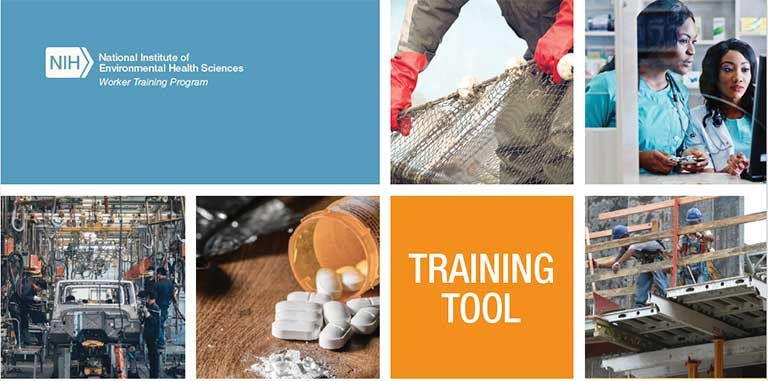Free online course: Understanding and preventing worker opioid misuse

Research Triangle Park, NC — The National Institute of Environmental Health Sciences’ Worker Training Program has launched a free online training course designed to help employers and workers recognize occupational risk factors for opioid misuse and addiction, as well as develop solutions for prevention.
Along with providing background information on the opioid epidemic, the course’s 11 modules provide resources, exercises and case studies on topics such as:
- Understanding opioid use disorder
- Synthetic opioids (including fentanyl)
- Occupational exposure
- Workplace substance use prevention programs
Jonathan Rosen, a consultant for WTP – which aims to protect workers who handle hazardous materials and waste generation, removal, containment and transportation – steered the development of the endeavor, according to an article published in the November issue of Environmental Factors, NIEHS’s monthly newsletter.
Rosen outlines the following objectives for the course:
- Address the impact of the opioid crisis on workers, workplaces and communities
- Follow the public health model of primary, secondary and tertiary prevention
- Define opioid use disorder as a disease that affects the brain
- Remove stigma
- Adopt action planning to allow participants to begin taking next steps.
The course cites recent Centers for Disease Control and Prevention data showing that 130 opioid-related overdose deaths occur daily. Overall, 399,000 such deaths occurred in the United States from 1999 to 2017. Speaking during an NIEHS seminar Oct. 10, Rosen encouraged employers to take preventive measures to limit hazards that may cause work-related injuries, noting that many cases of workplace-related opioid misuse involve prescriptions administered to treat injuries that occurred on the job.
“Prevention starts with making sure the job is not injurious,” Rosen said. “There are many potential solutions to help ensure that workers are not subject to conditions that will result in pain and injury.”
Post a comment to this article
Safety+Health welcomes comments that promote respectful dialogue. Please stay on topic. Comments that contain personal attacks, profanity or abusive language – or those aggressively promoting products or services – will be removed. We reserve the right to determine which comments violate our comment policy. (Anonymous comments are welcome; merely skip the “name” field in the comment box. An email address is required but will not be included with your comment.)

